For millennia, the nature of such a fundamental process as learning remained a mystery and was pondered mainly by philosophers. Only in the late 19th and 20th centuries did we lift the curtain a bit, thanks to technology, experimental psychology, and neurobiology breakthroughs.
The 20th century gave us various learning theories, each breaking down different aspects and factors contributing to learning. One of them — social learning theory — was formalized back in the 1970s but has seen quite a spike in interest over recent years. Learning platforms are increasingly adopting social learning, and the general audience's curiosity about social learning theory is at an all-time high:

As proponents of social learning, we'd like to dive into social learning theory, what made it so popular, and how it's used in online learning.
To understand what's so special about social learning theory, we must know the science landscape at the time.
Historical context: behaviorism and cognitivism
At the turn of the 20th century, positivism, empiricism, and determinism defined the scientific paradigm. It seemed the world was this glorious machine that could be dissected, measured, explained, and fine-tuned with the right tools and methods.
The human psyche was also seen as a mechanism (one of the disciplines studying it was even called psychophysics.) In the best empiricist traditions, researchers recognized what they could observe, predict, and measure only, so the studies focused on how physical stimuli affected external behavior. Thus, behaviorism was born — an approach stating that learning is when the behavior changes due to conditioning, i.e., reflexes evoked and reinforced by environmental stimuli. For example, when a child touches a hot stove — it burns and hurts — the child learns not to touch it when it's on.
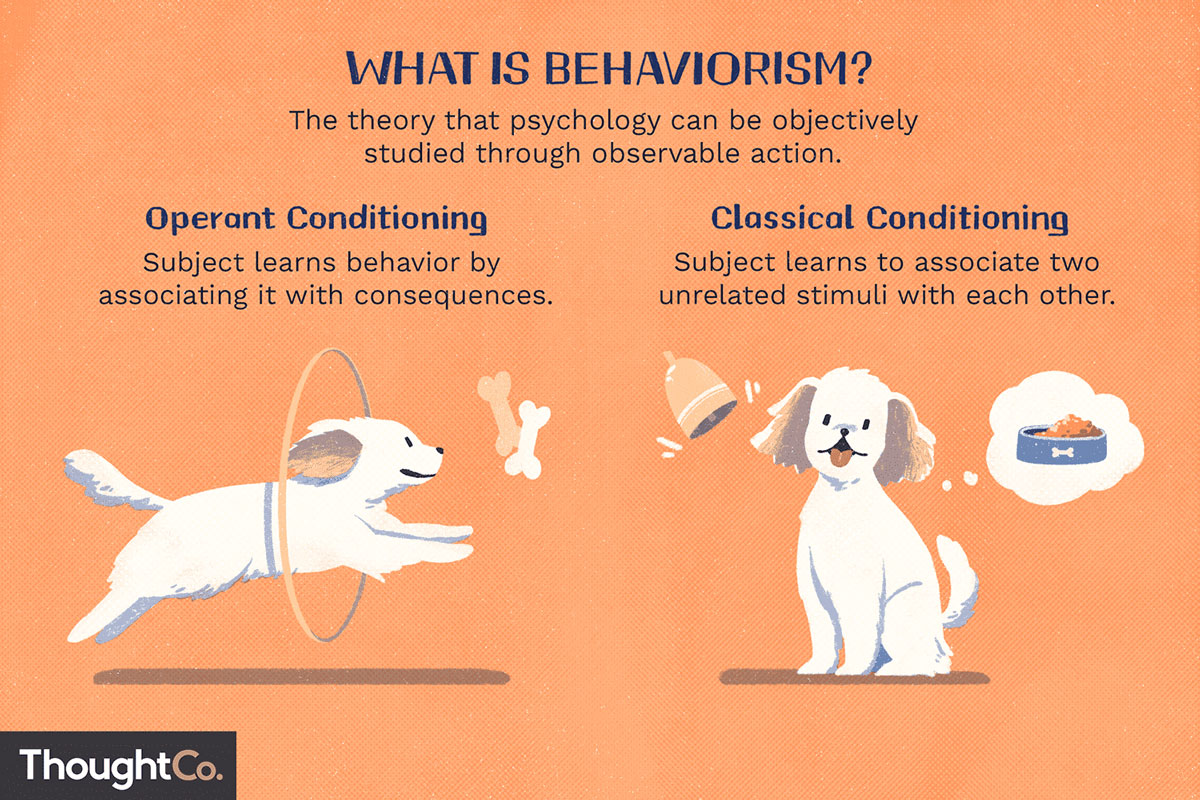
Behaviorism successfully showed how humans could be conditioned to act in a certain way but ignored the inner workings of the human mind because there were no tools or even vocabulary for observing and analyzing it.
However, the onset of cybernetics and early computers gave us an analogy for understanding mental processes as information processing, with inputs, outputs, storage, and processing units, and the scientific paradigm shifted again. By the 1950s, the researchers were fully focused on cognitive processes: how exactly a person's mind processes external and internal stimuli, how memory works, how we encode, store, retrieve, and transfer information, etc. This approach was named cognitivism.
Cognitivism revolutionized psychology by uncovering the intricacies of human cognition that not only advanced instructional design but also laid the foundation for cognitive neuroscience and artificial intelligence. However, it still lacked a comprehensive understanding of learning, as it put the environment's influence aside.
Neither behaviorism nor cognitivism could fully explain complex human behaviors, especially those that weren't taught explicitly, like using language, adopting social and gender roles, following or breaking ethical norms, etc. One of the probable explanations came in 1970–1980s in a series of studies by Albert Bandura that formulated and formalized the social learning theory.
What is social learning theory?
Bandura offered a more exhaustive approach to understanding the learning process by integrating behaviorists' conditioning theory with cognitive factors. But more importantly, he added the environmental, i.e., social, factor to the equation, thus encompassing a much wider range of cases than behaviorism alone could ever explain.
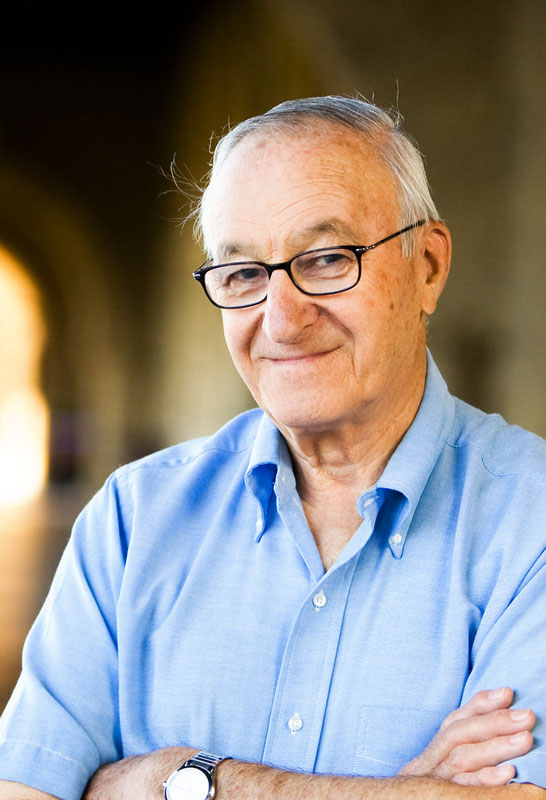
Unlike behaviorists, Bandura argues that people don't necessarily need to learn from their own experiences. Instead, we can learn from others by observing and analyzing their behavior and its outcomes without direct reinforcement. This type of learning was coined as observational learning.
If we take the "child and a hot stove" example from earlier, a behaviorist would say that a child can only learn not to touch a turned-on stove by personal experience, e.g., touching it and feeling the painful consequences. Social learning theory states that seeing another person burning their hand can have the same effect. As Bandura points out:
Learning would be exceedingly laborious, not to mention hazardous, if people had to rely solely on the effects of their own actions to inform them what to do.
Humans can learn not only from people they see in real life but also from media, books, movies, and even verbal instructions describing some behavior. All of these are what Bandura calls models for observational learning.
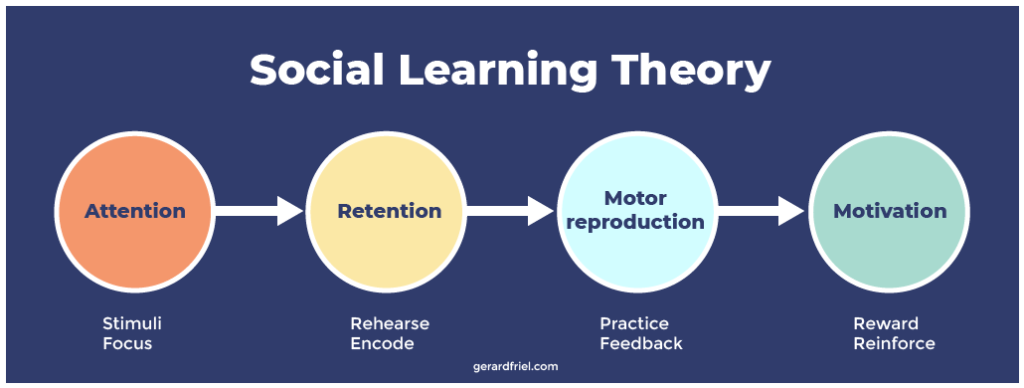
Obviously, we don't blindly absorb and repeat everything we observe. Certain cognitive processes affect what a person will and won't learn. Bandura proposes four such mediational processes:
- Attention. Exposure to a model doesn't mean an observer will pay attention to it and decide to imitate it. People are more likely to model behavior after someone they feel similar to in age, gender, ethnicity, interests, profession, etc., or someone they aspire to be like.
- Retention. The retention process means forming and storing a memory of the behavior. Without retention, the person wouldn't be able to reproduce the behavior.
- Reproduction. Not everything can be easily repeated (read: learned) after the model. You might learn to swing a bat from observing the baseball game, but it won't make you a professional player.
Mental barriers also play a role in our ability to reproduce the behavior. The belief in one's ability to successfully perform a specific task or behavior, self-efficacy, is associated with higher motivation and persistence, leading to better learning results. - Motivation. A person should be motivated to imitate the behavior. Usually, motivation is tied to the subjective worth of the consequences or reinforcement for the behavior. Learning from the outcomes experienced by others is called vicarious reinforcement.
Another factor is the status of the role model — the higher the model's position or expertise level in the eyes of the learner, the bigger the incentive to follow their steps.
All these factors — behavioral, environmental, and personal — constantly interact and impact each other.
Imagine an employee who takes on a new project and receives positive feedback and encouragement from colleagues and supervisors. It boosts the employee's confidence and motivation, so the employee becomes more engaged in the project and gets more positive reinforcement. This further enhances the employee's sense of competence and job satisfaction.
In this scenario, the employee's personal factors (confidence and motivation) influence their behavior (active participation in the project), and the feedback from the environment (supportive work culture), in turn, affects the employee's personal factors.
This ongoing interplay illustrates reciprocal determinism, another essential concept introduced by Bandura.
Studies proving the social learning theory
From 1960 to 1965, Bandura and his colleagues held a series of Bobo Doll experiments. They divided preschool children into groups and showed them an adult playing with a large inflatable Bobo doll, with a separate play scenario for each group.
The first experiment studied observational learning. In it, adults were either roughing the doll up — punching it, throwing it away, etc., or ignoring it and playing peacefully with other toys. The control group wasn't shown any play scenario at all. Children who observed the aggressive model imitated it, showing that children can learn social behavior such as aggression through observational learning.

In the second experiment, Bandura compared the effects of observing an adult live or in a video recording or watching a cartoon cat playing with the doll aggressively. All three groups of children imitated the respective model behavior regardless of how it was presented, showing that people can learn from different media and characters just as well.
In the third experiment, adults aggressively played with the doll and then were rewarded, punished, or faced no consequences (control group). Children in the reward and control groups imitated more aggressive actions of the model than the children in the punishment group, illustrating the vicarious reinforcement working.
Many later studies were dedicated to role models. For example, Bàges, Verniers, & Martinot, 2016, showed that learners benefit more from models whose success is linked to controllable factors such as effort rather than uncontrollable factors like talent. Similarly, learners perform better if they read not just about famous scientists achievements but how those have overcome their struggles (Lin-Siegler et al., 2016.)
Personal factors, such as the sense of connection to the role model, are also well studied, especially concerning solving inequality problems. For example, having positive female role models like successful professionals or being taught by female professors improves women's self-efficacy and sense of belonging in male-dominated spheres (Rosenthal et al., 2013; Stout et al., 2011).
The reasons social learning theory have become popular now
Researchers have been consistently interested in the social learning theory, producing a growing body of studies and experiments validating the efficacy of observational learning. However, it's hard to ignore the increasing demand for social learning among learners and educators. Several factors can explain this surge in interest.
Globalization and remote work
With the globalization of businesses and the rise of remote work and studying, learners are often geographically dispersed. To find working ways to connect, share knowledge, and collaborate across distances, people have turned to social learning theory.
Technological advancements
The rise of digital platforms and online collaboration tools has made it easier to facilitate social learning.
- Learning management systems, video conferencing, and discussion forums offer personalized observational learning experiences. Learners can engage with content at their own pace, contribute based on their expertise, and receive feedback tailored to their needs.
- Social media platforms with user-generated content allow learners to connect, collaborate online, and contribute their knowledge and insights.
- Advancements in VR/AR technologies enable immersive and interactive social learning experiences and enhance engagement and knowledge retention.
The shift toward lifelong learning
Embracing lifelong learning means we must be proactive in our professional and personal development, which entails the following changes:
- Traditional lecture-based approaches are being complemented or replaced by collaborative and experiential learning, which social learning facilitates.
- To stay current with the latest developments, we need informal learning with its ongoing discussions and sharing of insights. Social learning explains how valuable learning occurs outside formal educational settings.
- Another consequence of informal learning is the heightened importance of soft skills, including communication, collaboration, and emotional intelligence. Social learning environments provide a natural context for developing and honing these skills.
As organizations and educational institutions recognize the benefits of social learning theory, it continues to gain prominence in modern learning environments that are progressively becoming virtual, and for good reasons.
Applications of the social learning theory in e-learning
E-learning provides plenty of opportunities to leverage observational learning and enhance the online learning experience. Here are several ways to incorporate social learning theory into e-learning:
Video-based learning
Videos allow learners to observe and imitate behaviors, enhancing understanding and skill acquisition, so e-learning platforms offer tools to integrate video content where instructors or experts act as behavior models, demonstrate processes, or provide explanations.
Interactive simulations
Simulations that mimic real-world scenarios provide a safe environment for learners to experiment, observe outcomes, and learn from the consequences. Most modern authoring tools support creating scenario-based courses, and some even allow educators to integrate AR content with little to no programming skills.
Case studies and storytelling
Case studies illustrate real-world challenges and solutions to them, while narratives engage learners, providing context for observational learning and allowing them to draw insights from others' experiences.
Discussion forums and social media integration
E-learning platforms often incorporate discussion forums where learners can share experiences, ask questions, and reflect on their learning.
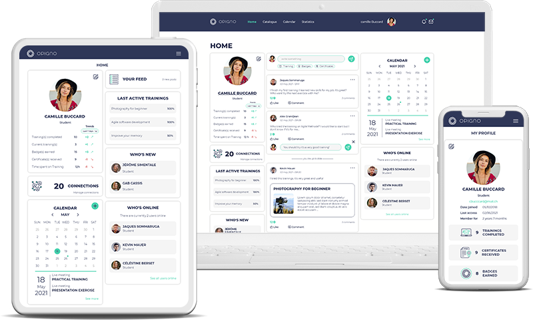
Expert interviews and Q&A sessions
Virtual interviews with experts in the field or live Q&A sessions enable learners to observe and learn from experts, gaining insights, tips, and practical advice that go beyond theoretical knowledge.
Gamification
Gamification means integrating game elements like badges or leaderboards to reward and recognize learner achievements. It provides positive reinforcement, motivating learners and encouraging them to engage in learning actively.
All these strategies, aligned with the principles of Social Learning Theory, help create e-learning environments that foster observational learning just as well as traditional in-person ones.
The prospects for social learning theory
As the world, and education in particular, are being permeated by digital technologies, educational thought is undergoing another shift, bringing new learning theories. One of them is connectivism. Connectivism focuses on the idea that knowledge is distributed across different sources, and learning is a process of piecing knowledge together within a network, with technology playing a central role in connecting learners to resources and communities.
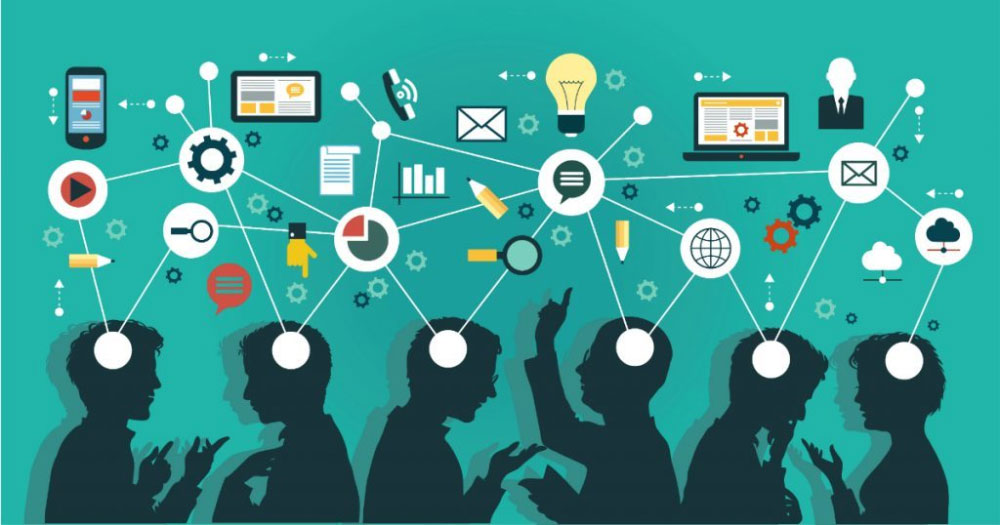
In this context, social learning theory comes alive through facilitating a sense of connection and sharing knowledge within virtual learning spaces. Combined, these two perspectives can synergize into collaborative e-learning networks, where individuals not only observe and learn from each other but also actively contribute to collective knowledge.
Overall, integrating social learning theory with e-learning supports the development of dynamic, collaborative, and adaptive online learning environments that embrace the social nature of learning and leverage the power of digital networks.
Published on December 5, 2023.